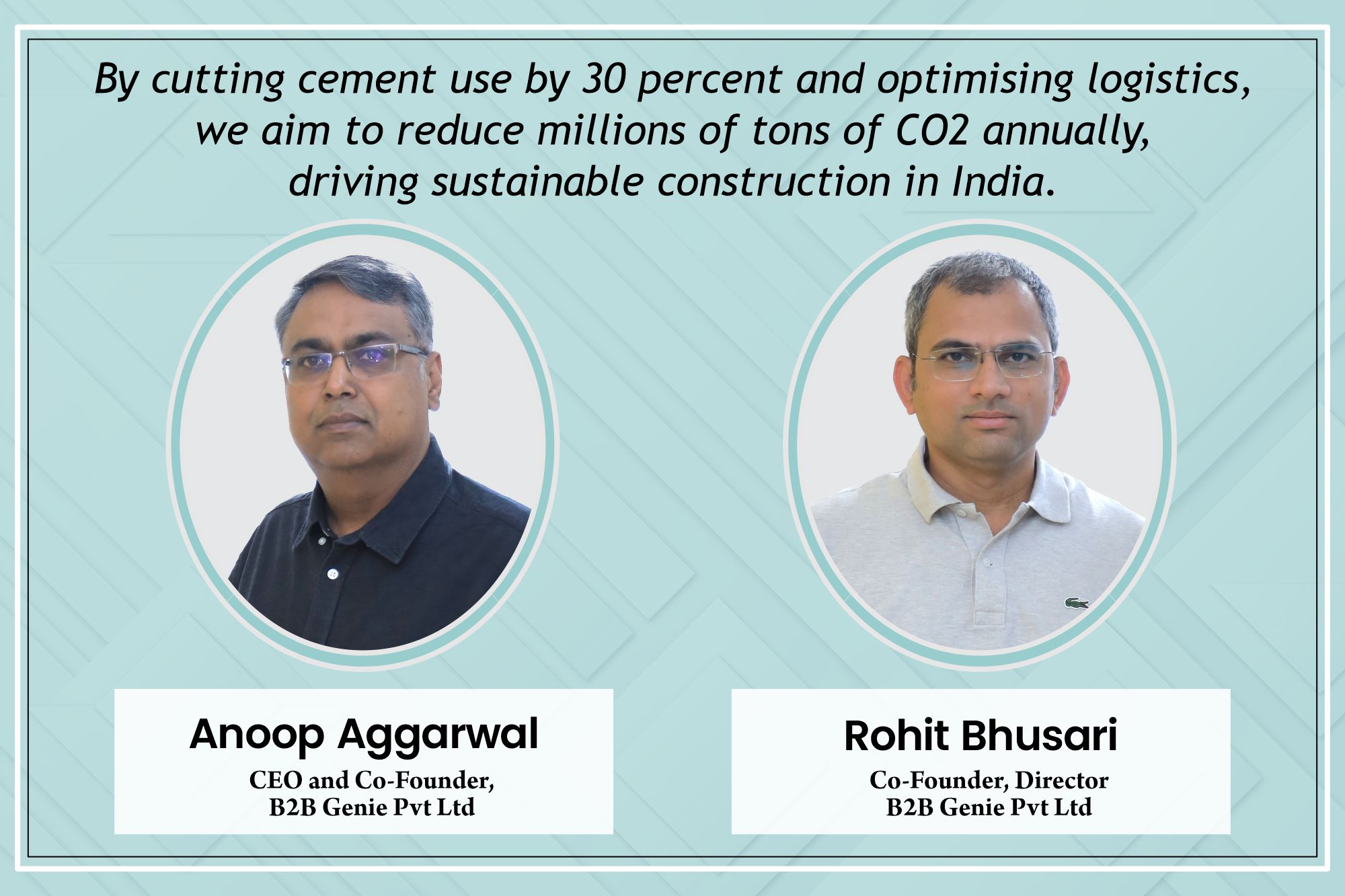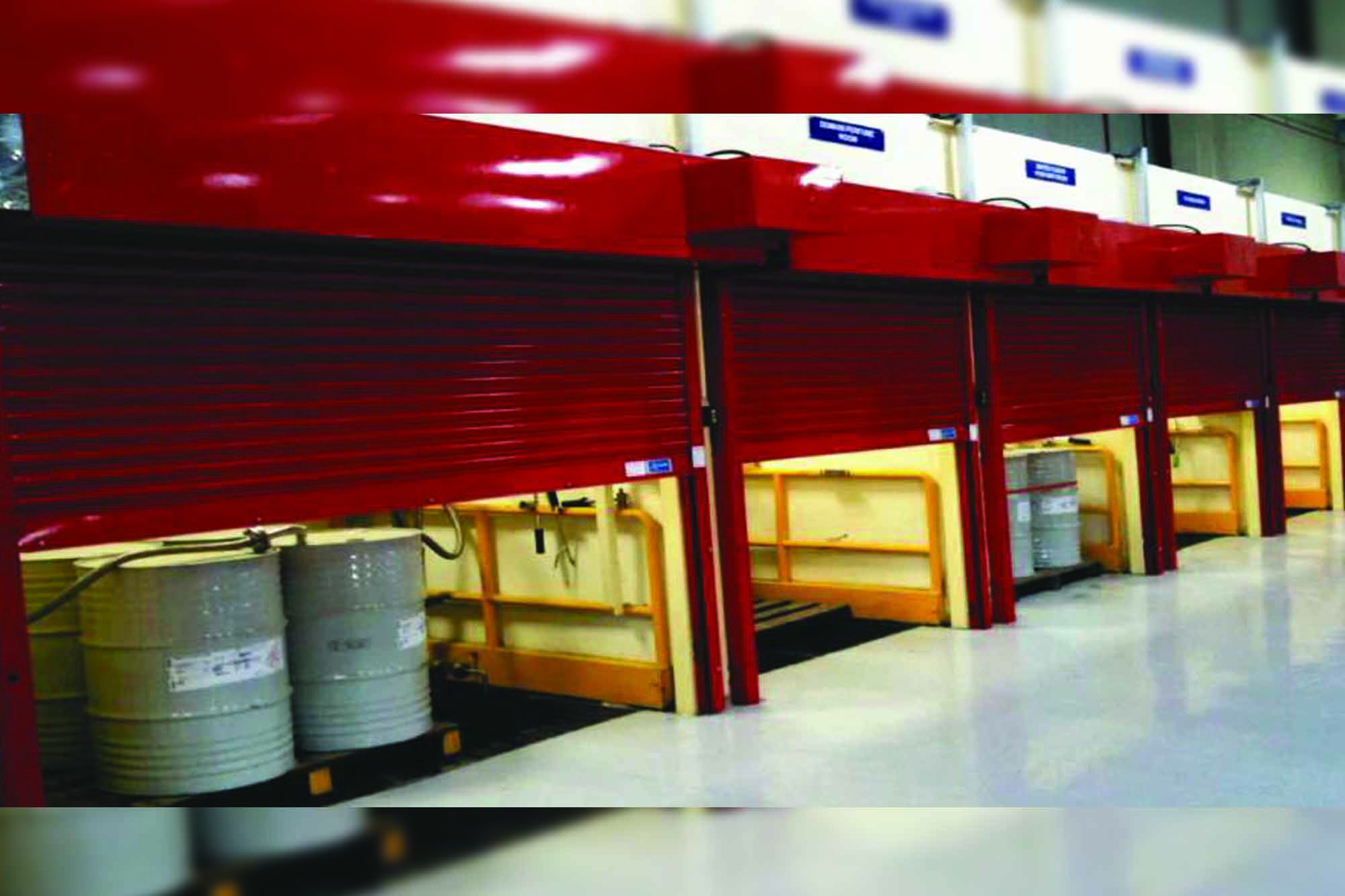Exploring the current landscape of the green building materials market
By Edit Team | April 12, 2024 12:45 pm SHARE

The Green Building Materials market represents a transformative segment within the construction industry, characterised by the adoption of sustainable and eco-friendly materials and practices aimed at reducing environmental impact, enhancing energy efficiency, and promoting occupant health and well-being.
Green building materials encompass a diverse range of products, including recycled materials, renewable resources, low-emission materials, and energy-efficient technologies, which are used in the design, construction, and operation of buildings and infrastructure. With the increasing focus on environmental sustainability, stringent regulations, and the demand for energy-efficient buildings, the Green Building Materials market continues to gain momentum, driven by innovation, technological advancements, and changing consumer preferences. The global green building materials market is forecast to expand at a CAGR of 8 percent and thereby increase from a value of US$265.8 Bn in 2023, to US$455.6 Bn by the end of 2030 as per the report published by Persistence Market Research.
Market growth factors:
Several key factors contribute to the growth and dynamics of the Green Building Materials market.
- Rising Awareness of Environmental Sustainability: Growing awareness of climate change, resource depletion, and environmental degradation drives market demand for green building materials. As governments, organisations, and consumers prioritise sustainability goals and carbon footprint reduction, there is a growing recognition of the role that buildings play in environmental conservation. Green building materials offer solutions to mitigate environmental impact, reduce energy consumption, and promote sustainable development practices, aligning with global initiatives such as the Paris Agreement and Sustainable Development Goals (SDGs).
- Stringent Building Codes and Regulations: Stringent building codes, energy efficiency standards, and green building certifications drive market demand for environmentally friendly materials and technologies. Governments worldwide impose regulations and incentives to promote the adoption of green building practices, including LEED (Leadership in Energy and Environmental Design), BREEAM (Building Research Establishment Environmental Assessment Method), and Green Star ratings. Compliance with green building standards requires the use of sustainable materials, energy-efficient systems, and environmentally responsible construction practices, creating market opportunities for green building material suppliers and manufacturers.
- Cost Savings and Long-Term Value: Green building materials Market offers economic benefits in addition to environmental advantages, driving market adoption and investment in sustainable construction practices. While the initial costs of green building materials may be higher than conventional alternatives, they often yield long-term savings through reduced energy consumption, lower operating costs, and enhanced durability and performance. Green buildings command higher resale values, rental premiums, and occupancy rates, providing investors, developers, and building owners with a competitive advantage and favorable return on investment over the building’s lifecycle.
- Technological Advancements and Innovation: Ongoing technological advancements and innovation drive product development and market growth in the Green Building Materials segment. Manufacturers invest in research and development to create innovative materials, systems, and technologies that improve energy efficiency, enhance indoor air quality, and minimise environmental impact. Green building materials such as low-emission paints, energy-efficient insulation, recycled metal roofing, and smart building systems integrate cutting-edge technologies, sensors, and automation to optimise building performance and occupant comfort, driving market differentiation and competitive advantage.
Green building materials market: Pioneering sustainable construction
The green building materials market is at the forefront of sustainable construction, driven by increasing environmental awareness, stringent regulations, and the growing demand for energy-efficient and eco-friendly buildings. With the construction industry facing pressure to reduce its carbon footprint, minimise waste, and enhance building performance, the market for green building materials presents numerous opportunities for manufacturers to innovate and lead the transition towards more sustainable and resilient built environments.
One significant opportunity within the green building materials market lies in meeting the growing demand for energy-efficient materials that improve building performance and reduce operational costs. With buildings accounting for a significant portion of global energy consumption and greenhouse gas emissions, there is increasing emphasis on using energy-efficient insulation, high-performance windows, and reflective roofing systems to enhance thermal comfort, reduce heating and cooling loads, and lower energy bills. Manufacturers can capitalise on this trend by developing innovative green building materials such as low-emissivity (Low-E) glass, insulated concrete forms (ICFs), and cool roof coatings that improve building envelope performance and contribute to energy savings and carbon emissions reductions. By providing cost-effective and sustainable solutions for energy-efficient buildings, brands can address the growing demand for green building materials in the commercial, residential, and institutional construction sectors and gain a competitive edge in the market.
Moreover, the green building materials market benefits from increasing interest in sustainable and biobased materials that minimise environmental impact and promote circularity in the construction industry. With concerns over resource depletion, waste generation, and pollution driving the shift towards more sustainable materials, there is a growing demand for green building materials made from renewable resources such as bamboo, cork, recycled glass, and reclaimed wood. Manufacturers can seize this opportunity by developing green building materials with high recycled content, cradle-to-cradle certifications, and biobased certifications that meet sustainability criteria and contribute to LEED (Leadership in Energy and Environmental Design) and other green building rating systems. Additionally, brands can explore innovative manufacturing processes such as 3D printing, bio-fabrication, and modular construction to produce sustainable building materials with minimal waste and energy consumption. By offering sustainable and biobased alternatives to conventional building materials, manufacturers can appeal to environmentally conscious architects, designers, and developers seeking innovative solutions for green building projects and sustainable urban development.
Market trends
One prevailing trend in the green building materials market is the rising demand for energy-efficient and sustainable building envelopes. Green building materials such as energy-efficient insulation, low-emissivity windows, and reflective roofing materials help reduce heating, cooling, and lighting costs, resulting in lower energy consumption and operational expenses for building owners. As governments and building codes mandate higher energy efficiency standards, the adoption of green building materials continues to grow, driving innovation and market expansion in the construction industry.
Another notable trend is the increasing use of recycled and renewable materials in building construction and renovation projects. Manufacturers are incorporating recycled content, such as recycled steel, glass, and wood, into building materials such as concrete, insulation, and flooring, reducing resource depletion and waste generation. Additionally, renewable materials such as bamboo, cork, and straw offer sustainable alternatives to traditional construction materials, providing strength, durability, and aesthetic appeal while minimising environmental impact.
Market challenges
Despite the positive trends, the green building materials market faces challenges related to cost competitiveness, scalability, and market fragmentation. Green building materials often come with higher upfront costs compared to conventional materials, posing challenges for budget-conscious developers and homeowners. However, the total cost of ownership, including energy savings, lifecycle durability, and environmental benefits, often outweighs the initial investment, providing long-term value and return on investment for green building projects.
Furthermore, the scalability and availability of green building materials can vary depending on regional factors such as market demand, infrastructure, and supply chain logistics. Access to sustainable materials may be limited in certain regions, hindering widespread adoption and market penetration of green building practices. Overcoming logistical challenges and building local supply chains for green materials requires collaboration among manufacturers, distributors, and construction stakeholders to ensure the timely availability and affordability of green building solutions.
Latest developments
Recent developments in the green building materials market focus on innovation, performance optimisation, and circular economy principles. Manufacturers are investing in research and development to introduce new materials, technologies, and manufacturing processes that enhance the sustainability, durability, and performance of green building products. Innovations such as bio-based polymers, 3D printing, and advanced composites offer opportunities for lightweight, high-strength materials with reduced environmental impact and enhanced design flexibility.
Moreover, there is a growing emphasis on circular economy principles and waste reduction initiatives in the green building materials industry. Companies are implementing strategies such as material recycling, closed-loop manufacturing, and product stewardship programs to minimise waste generation and maximise resource efficiency throughout the product lifecycle. Certification programs such as Cradle to Cradle, LEED (Leadership in Energy and Environmental Design), and BREEAM (Building Research Establishment Environmental Assessment Method) provide validation and recognition for sustainable building materials, fostering market confidence and demand for green building solutions.
Cookie Consent
We use cookies to personalize your experience. By continuing to visit this website you agree to our Terms & Conditions, Privacy Policy and Cookie Policy.






































































